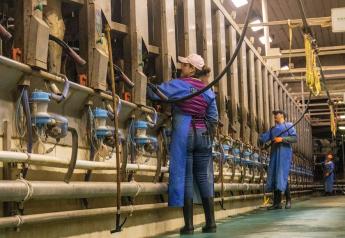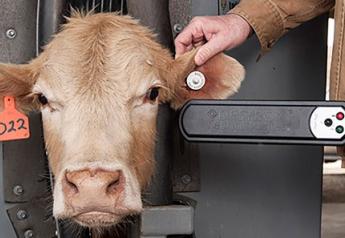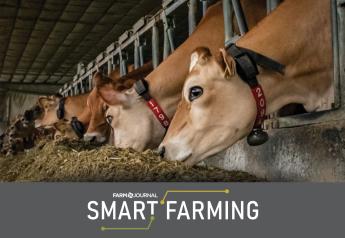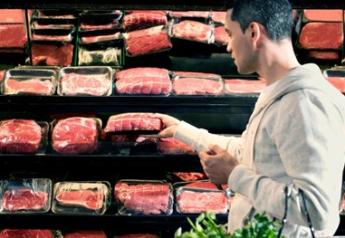Ag Bankers Stress Crop Insurance, Farm Lending Link in Senate Ag Hearing

A Senate Ag subcommittee heard from agricultural bankers Thursday. Consensus: Crop insurance programs often make the difference in farmers being able to stay in business.
One of the bankers noted that crop insurance was critical since the safety net programs under the farm bill have become outdated with provisions linked to costs from 2012. The liabilities covered by crop insurance are “the element of crop insurance that allows farmers and ranchers to obtain credit, invest in their operations, to better market their crops,” a crop insurance agent from Mississippi told the panel.
William Cole, a crop insurance agent testifying on behalf of the Crop Insurance Professionals Association (CIPA), agreed, saying crop insurance was not only an important tool for farmers but provides stability to the wider rural business landscape.
“It's so important to our small rural communities, not just the farmers relying on it, these lenders here rely on it heavily, and the tractor dealerships, the seed and chemical dealerships, so it's the underpinning of all of our rural communities to a certain extent,” he told lawmakers.
An Industry Plea
Cole and other insurance industry representatives called on USDA to increase administrative reimbursements, which have not been increased for inflation since 2015. A cost-saving Standard Reinsurance Agreement (SRA) that USDA negotiated with the industry set minimum and maximum subsidy levels of subsidy in 2011 and adjusted them for inflation through 2015.
Regarding banking failures seen this year, Compeer Financial’s Jase Wagner said the impact in agriculture “is not real acute right now, it is around the edges.”
Other lenders noted impacts have not been seen in their regions, but they are monitoring conditions very carefully.
Many of those lending to ag can be small community banks and they have not made riskier investments like “megabanks,” according to Gus Barker, president of First Community Bank in Newell, Iowa. “We have not seen withdrawals of major deposits or anything like that,” he added.
A topic where lenders disagreed was a proposal from the Farm Credit System to allow its lenders to go beyond farmers and related businesses to financing things like community infrastructure. Those in the community banking side called for lawmakers to reject the proposal, arguing that goes beyond the scope of business the system was established for.
The lenders seemed to agree on a need to boost the lending limits on USDA guaranteed loans as lawmakers ready for the next farm bill.
Phillip Morgan, CEO of Southern AgCredit, who testified on behalf of the Farm Credit Council, and Barker both said the limits should be bumped to $3.5 million for guaranteed real estate loans and $3 million for guaranteed operating loans — from current levels of roughly $2 million.
“The price of land and inputs have just skyrocketed for us,” noted Barker, who said the bump would help accommodate some of those higher costs. Besides increasing the rate, he said ICBA supports indexing loan limits to inflation going forward.
Morgan said increasing the limits is especially important given the high levels of capital investment required for farmers to earn median income levels and would especially help young and beginning farmers.
Upshot
All the bankers agreed that the increased interest rates are going to have an impact on farm borrowers ahead.
“The rapid rise in interest rates over the last 12 months will impact every operator that we have,” said Morgan. “In some cases, we will have a number of producers who will face both higher operating line costs plus real estate interest rate costs.”
Still, Morgan said the Farm Credit System (FCS) is “very well positioned to be able to weather that adversity.”







